This Week At Angama #128
17 July 2020 | This Week at Angama | Adam Bannister
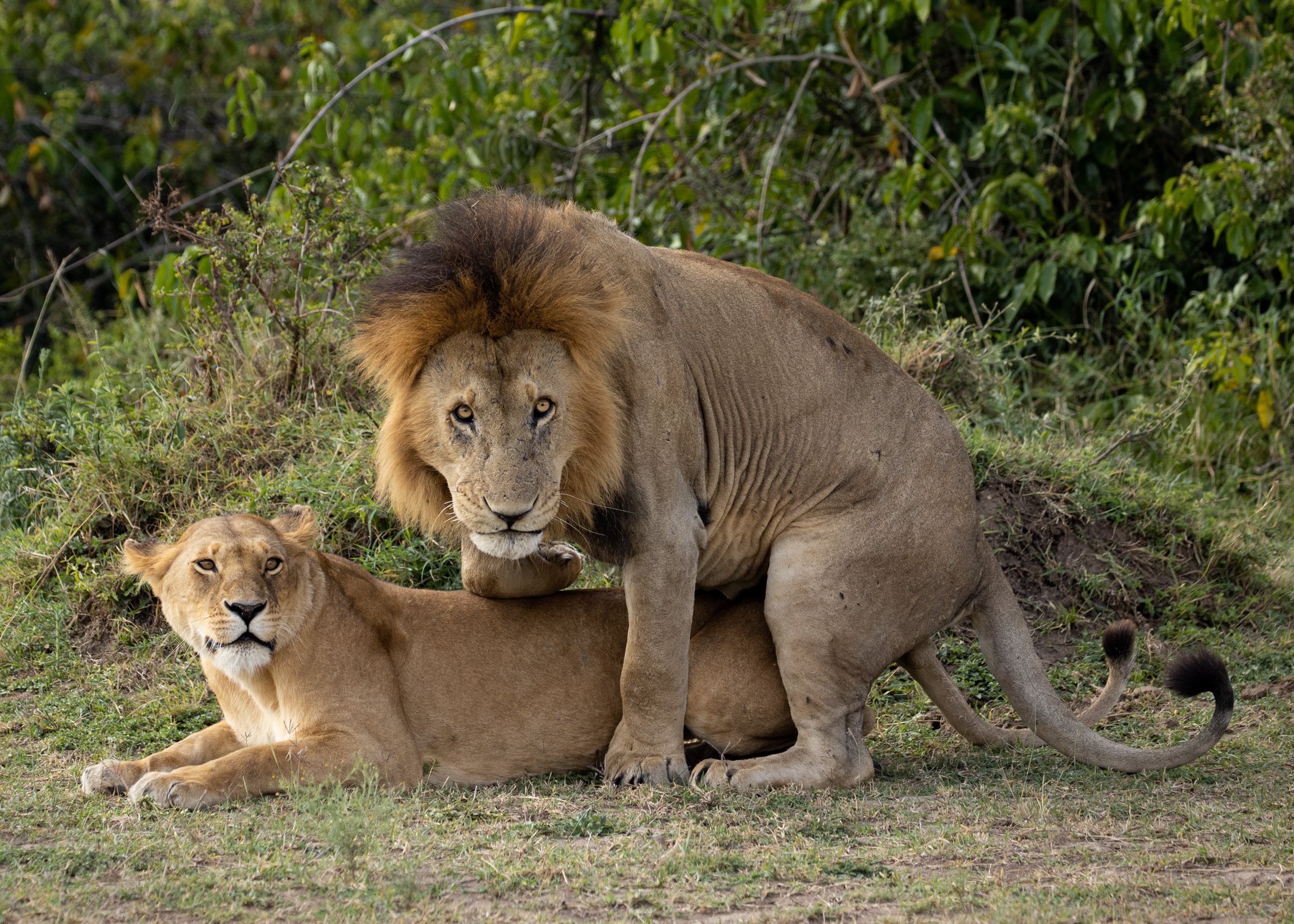
It has been surreal, over these last four months, to be the only car in the Mara Triangle. A real privilege and a once-in-a-lifetime experience. However, part of what makes the Mara such a special place is that it is a natural system and a stage on which animals get to perform. Unknowingly, these animals change people’s lives for the better – purely through their very existence. They bring smiles to many faces, and are the subject of many fireside chats. The animals of the Mara bring together a global community – a group of people connected through a passion for conservation and wildlife. And so it is with huge excitement that we are hosting guests once again as they explore the Maasai Mara. Enjoy This Week At Angama. [f 2.8, 1/640, ISO 1600, -0.67]
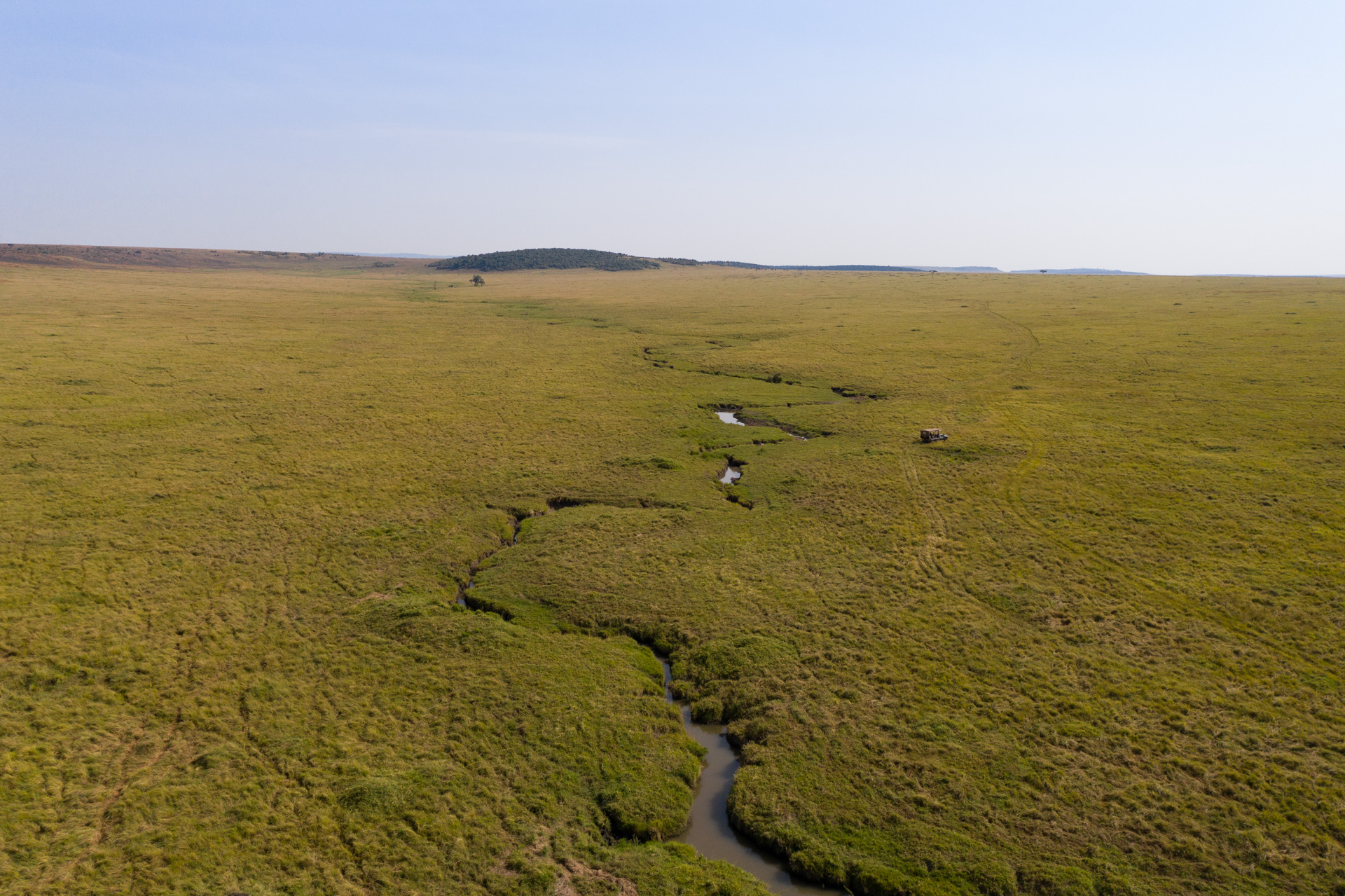
The Maasai Mara has had a four-month break from tourists. On the plus side, this has allowed the landscape time to recover and rejuvenate. Roads are grown over and many areas are still inaccessible. It has been a treat to have been here the whole time; exploring, documenting and monitoring wildlife during this lockdown period. [f 4.0, 1/500, ISO 200, +0.33]
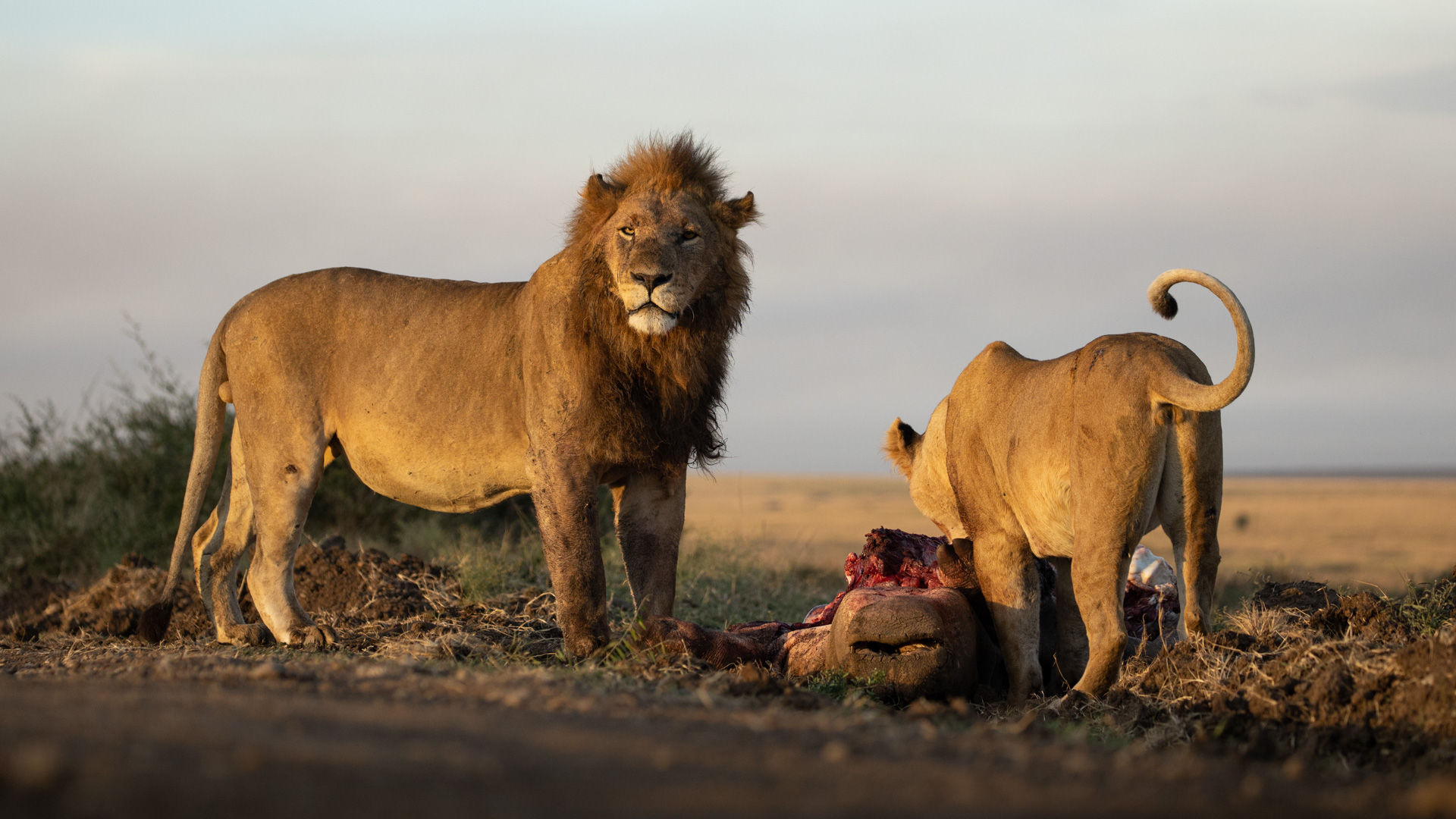
One of the highlights has been watching the arrival of the Bila Shaka coalition into the Mara Triangle. These five males have already staked their claim along the river and are now starting to really flex their weight. One of the males is photographed here with a lioness from the Mugoro Pride, enjoying a sub-adult hippo. [f 5.0, 1/1000, ISO 640]

At the exact same time, about 500 yards down the road, another member of the same coalition feasts on a zebra. [f 5.0, 1/2000, ISO 250, -0.33]
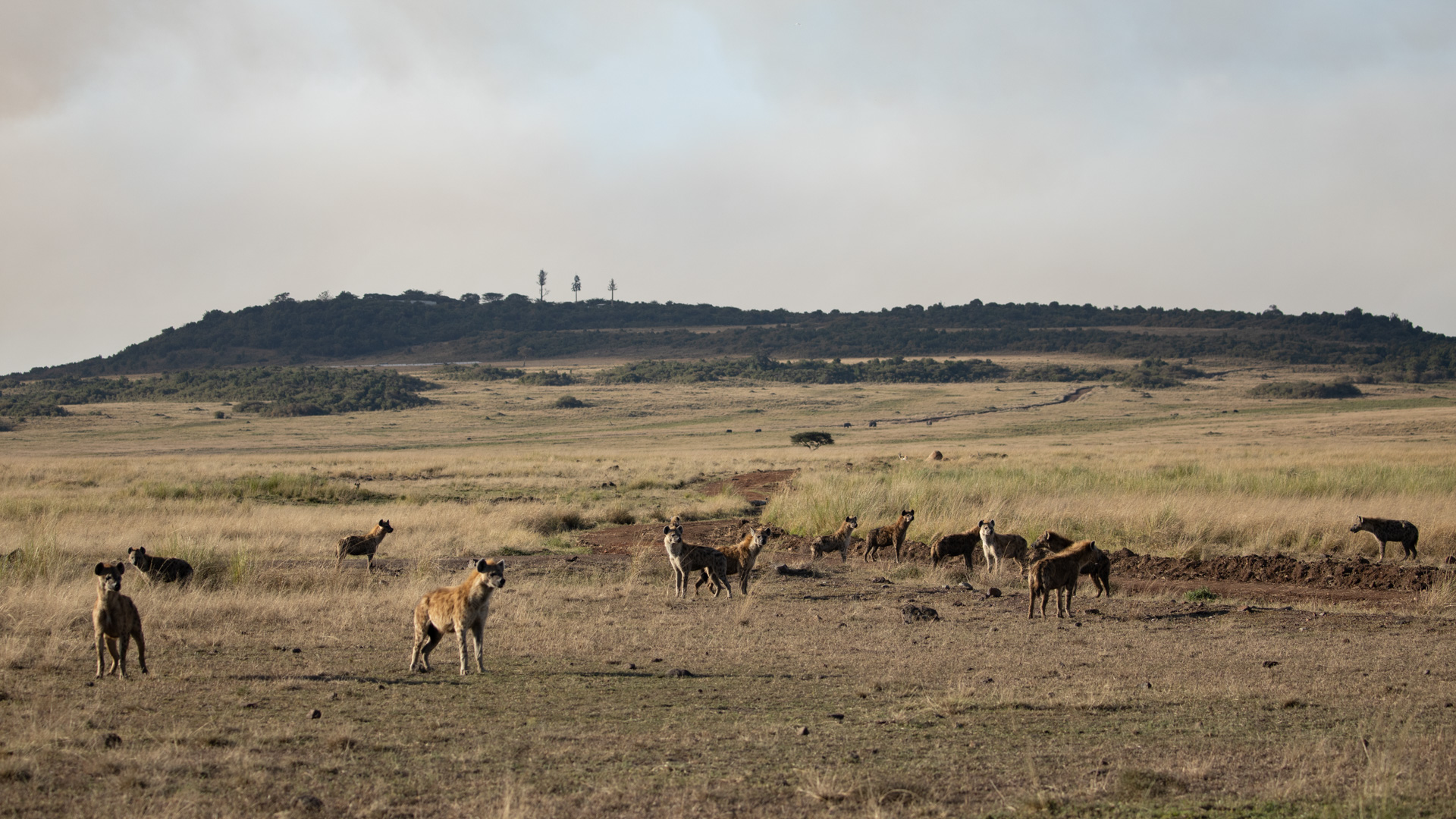
If you read the textbooks you will find that it usually takes on average 10 hyenas to steal a kill from a single male lion. What was most exceptional about this male lion was that whilst he was eating this zebra, he had at least 38 hyenas circling him. He was alone at this stage, but held his own; keeping this huge clan at bay. For me, this was the best indicator yet of his strength and power. [f 5.0, 1/1250, ISO 250, -0.33]
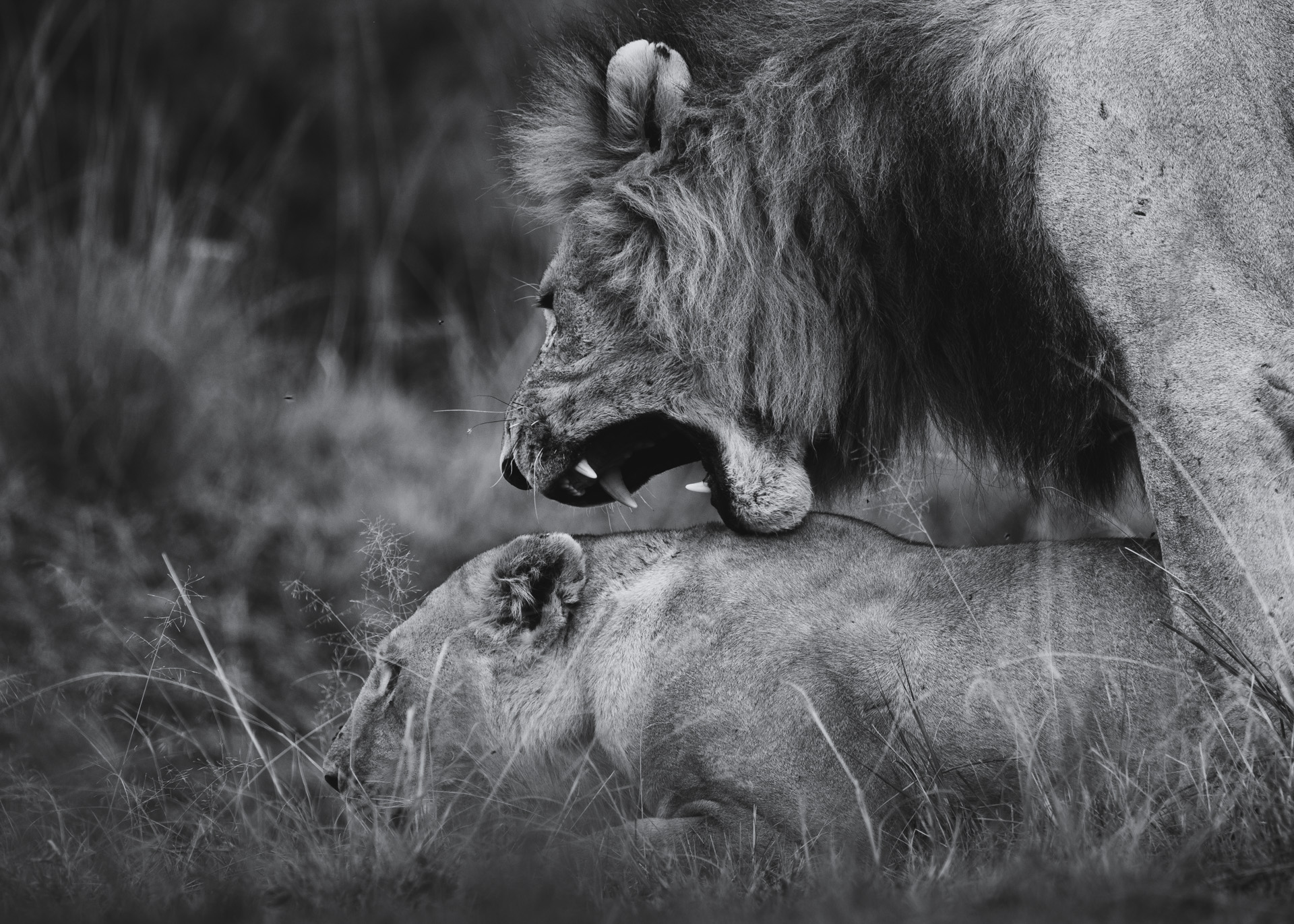
This coalition has systematically taken over two prides in the Triangle already: Mugoro and Paradise. They have done this with little confrontation; it’s almost as if other males saw them coming and ran for the hills. This land once belonged to the legendary Scar. He is now nowhere to be seen. [5.6, 1/640, ISO 400, -0.33]
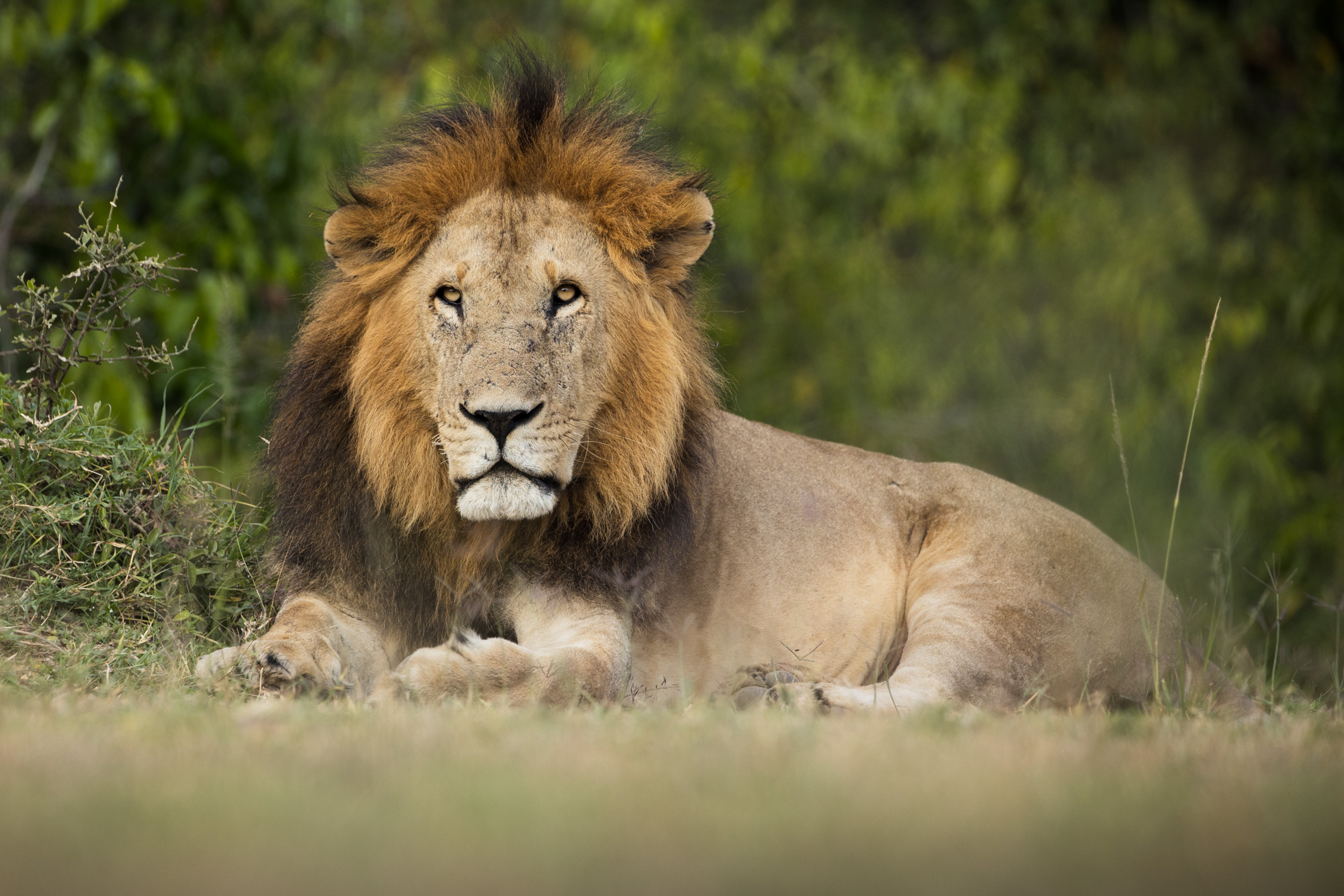
We are incredibly fortunate to be witnessing this takeover. Lions are prolific at the moment and all at roughly six years of age, these males are at their absolute prime. [f 5.6, 1/800, ISO 400, -0.33]
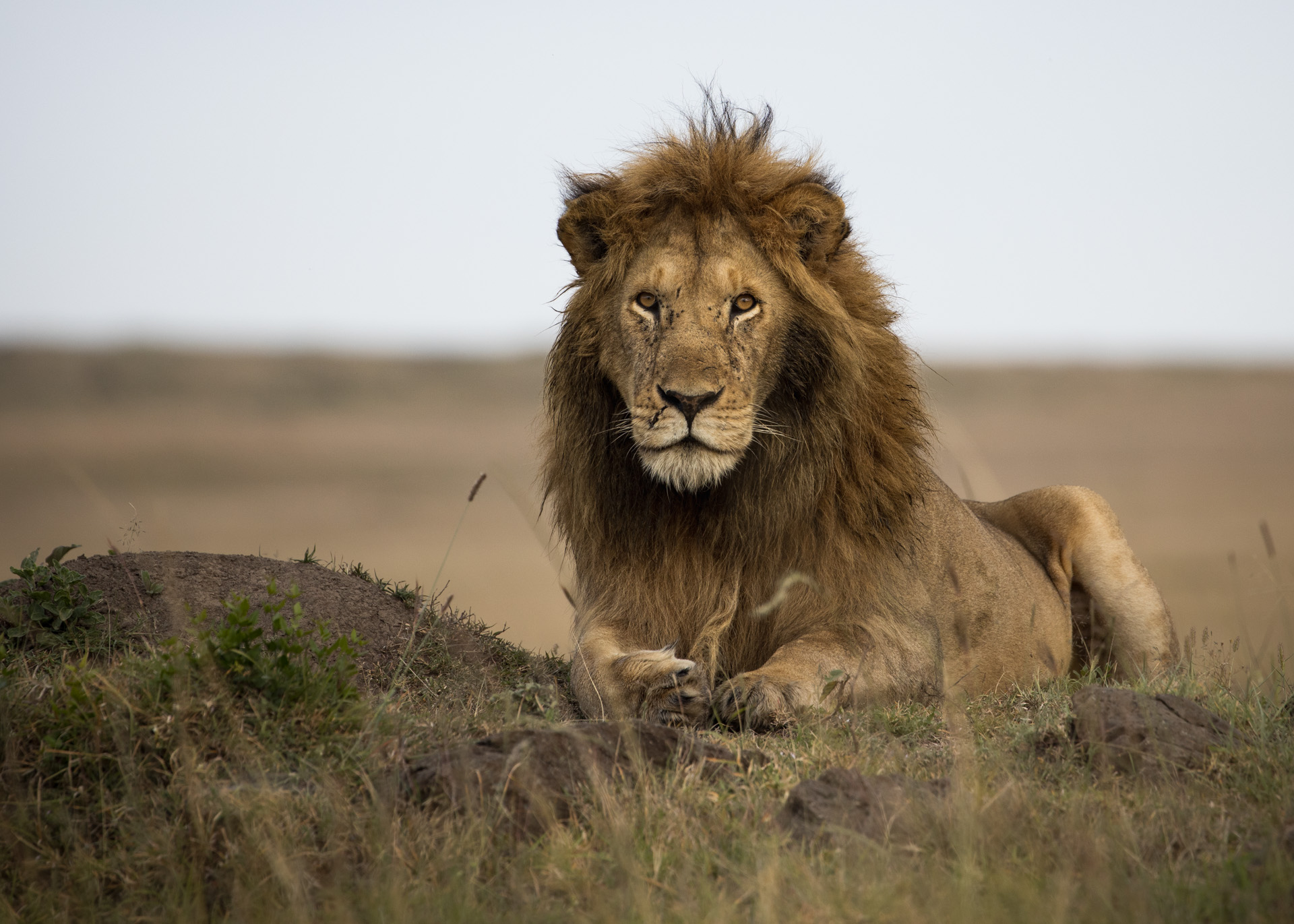
The Bila Shaka males bursting on the scene has caused a ripple-effect on the lion dynamics across the 500 square kilometres of the Mara Triangle. Males, previously seldom seen, are suddenly appearing all over the place. [f 5.6, 1/640, ISO 400]
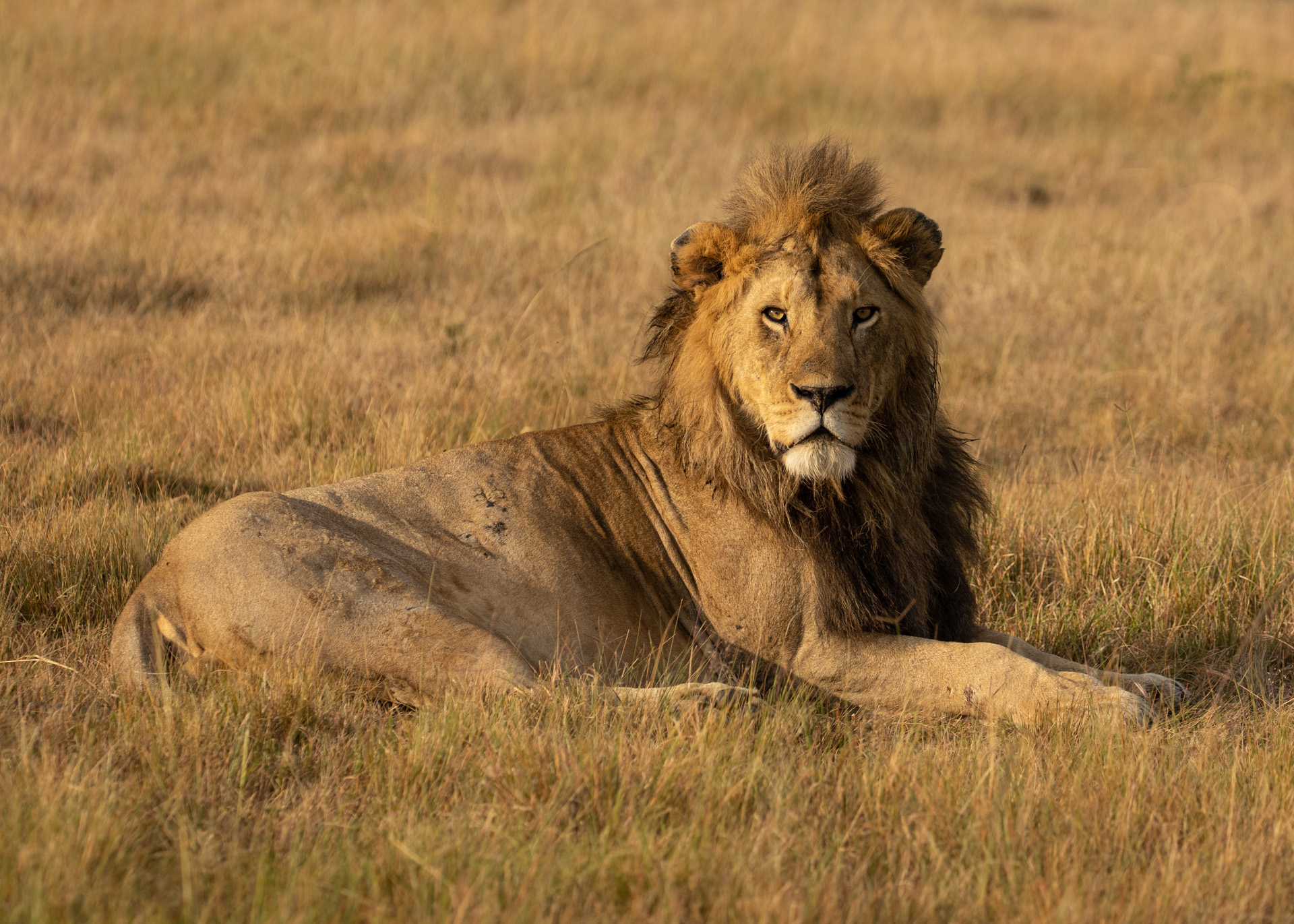
This specific male, for example, originally came from the Mugoro Pride and has had to fly under the radar for the last few years. However, with Scar and his brothers now no longer a constant presence in the clearings east of Serena, this ‘outcast’ suddenly has an opportunity to have a stake at his own piece of land. Watch this space… [f 4.0, 1/640, ISO 250, -0.33]
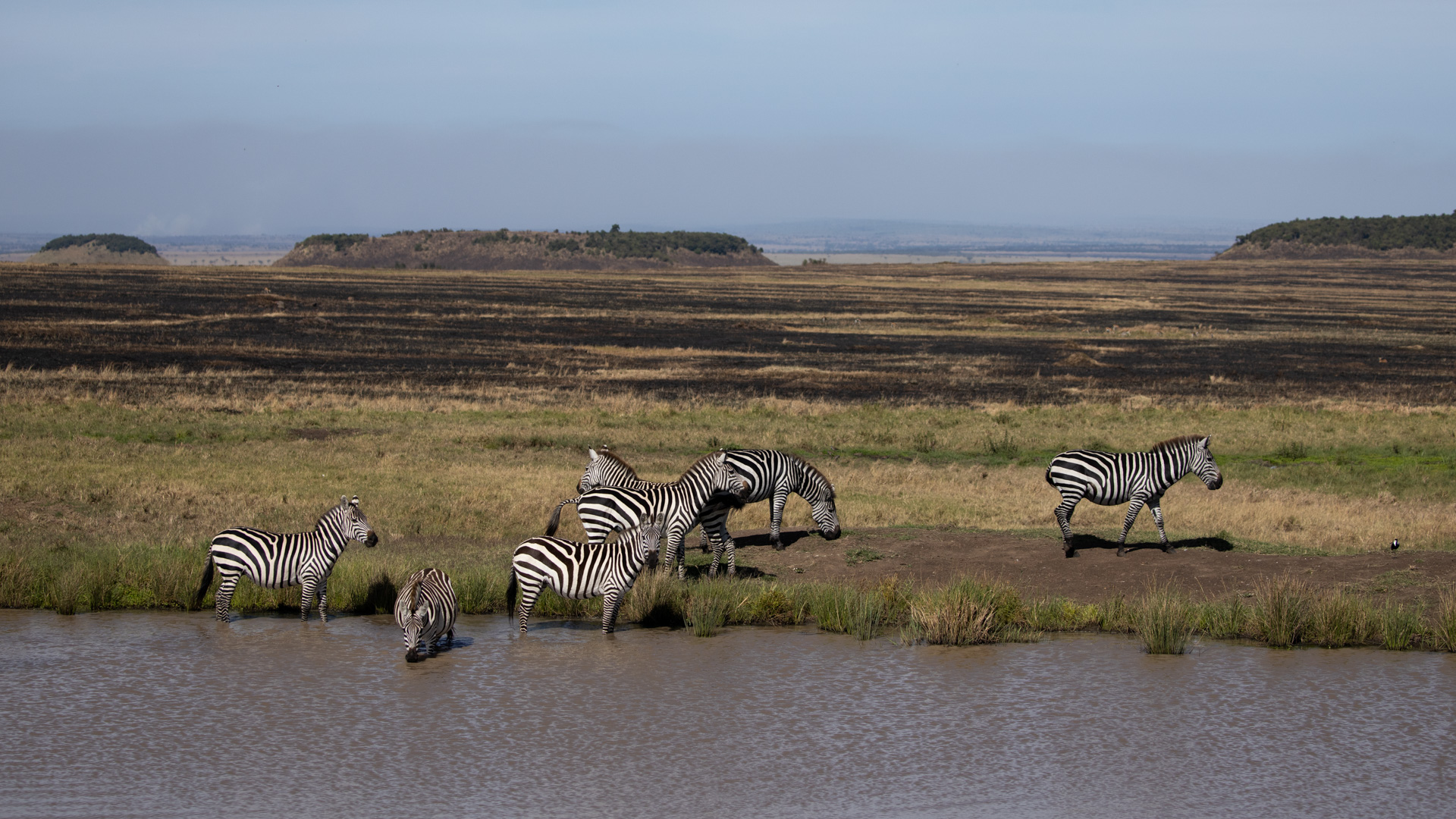
For now, the fires in the Mara Triangle have stopped and the first small families of zebra have started to make their way into the Triangle. [f 5.6, 1/2500, ISO 250, -0.67]
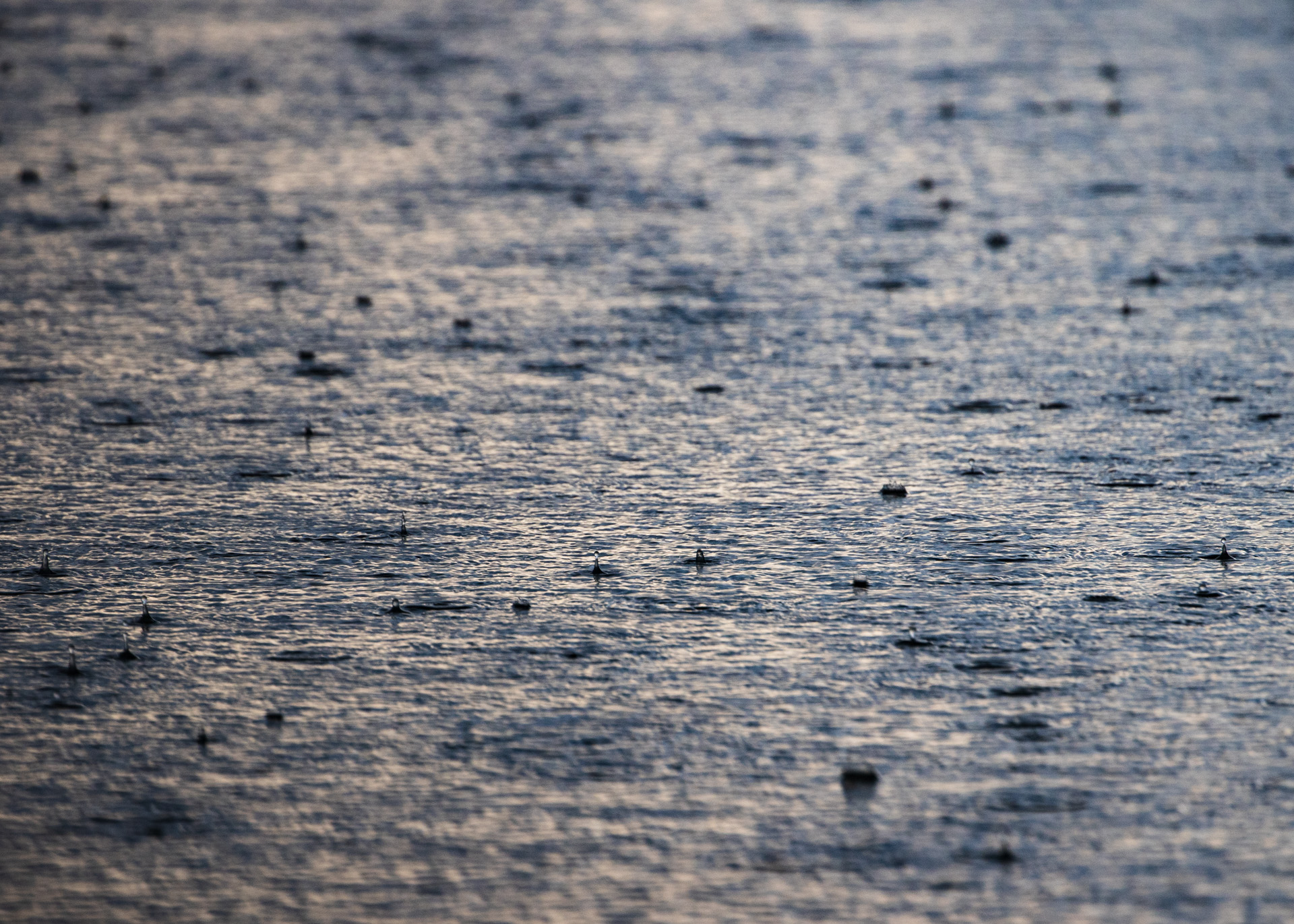
This week has seen near-daily late afternoon thunderstorms. This rain will cause the burnt areas, such as in the photo above, to burst into life with new green shoots. [f 5.6, 1/200, ISO 400, -0.33]
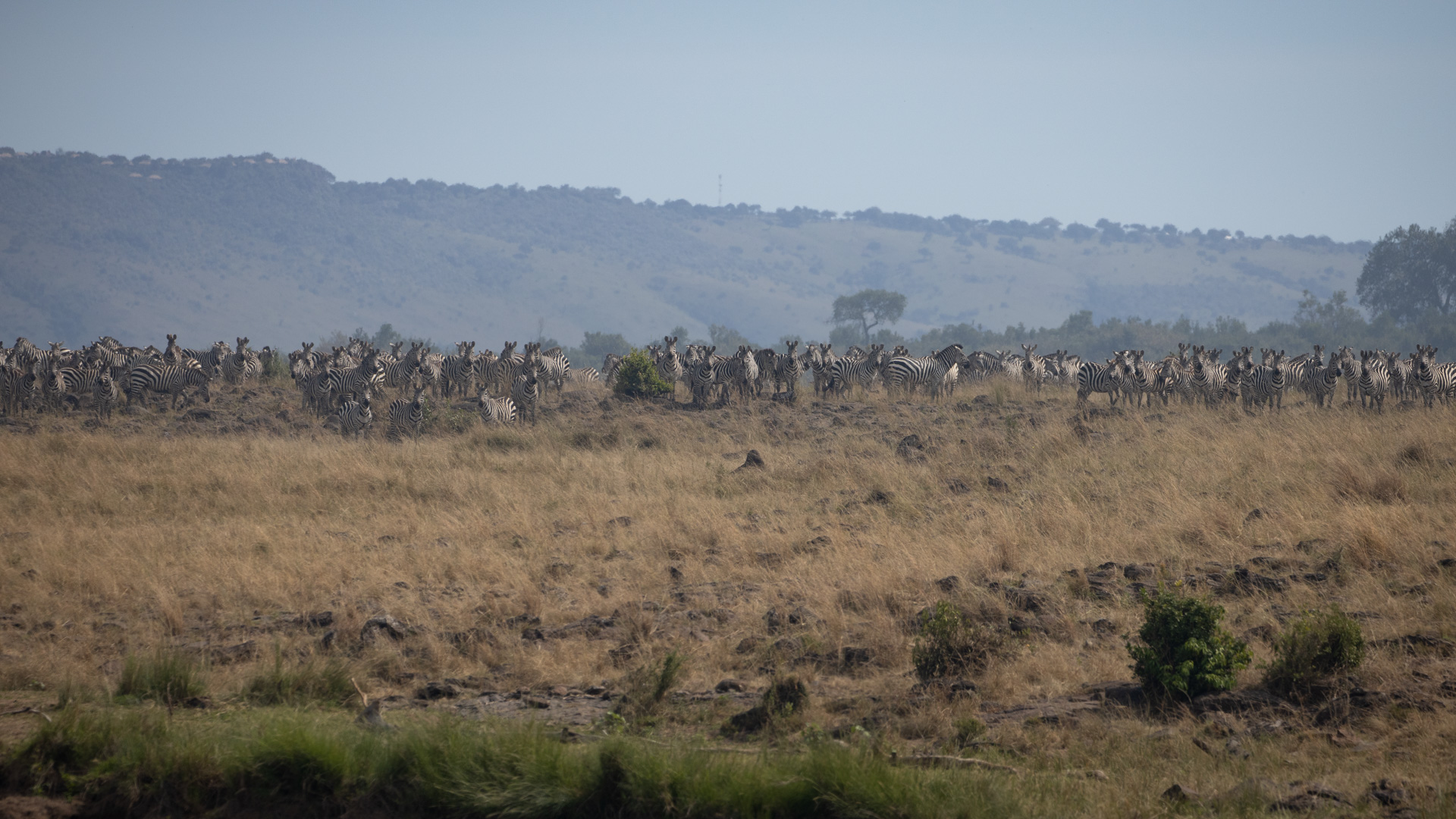
And the zebra will follow. At this stage we have yet to have any significant crossings of the Mara River, but we have started seeing one or two very large gatherings of zebra – with numbers in the low thousands. There is an energy in the air, you can tell that any day now the show will begin. [f 5.6, 1/2500, ISO 250, -0.67]
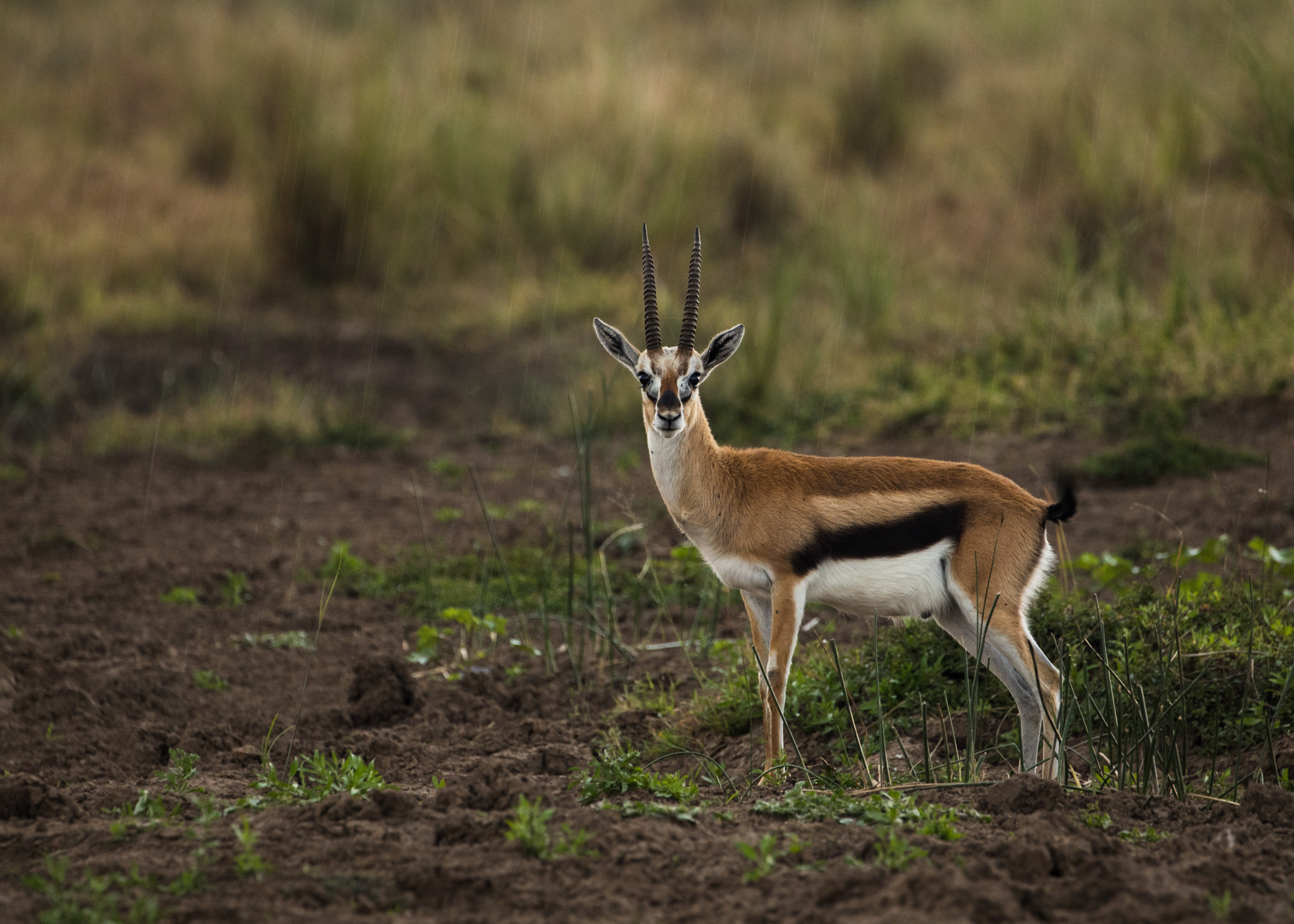
Slowing the shutter right down to allow the droplets of rain to be captured as streaks. [f 5.6, 1/40, ISO 500, -0.67]
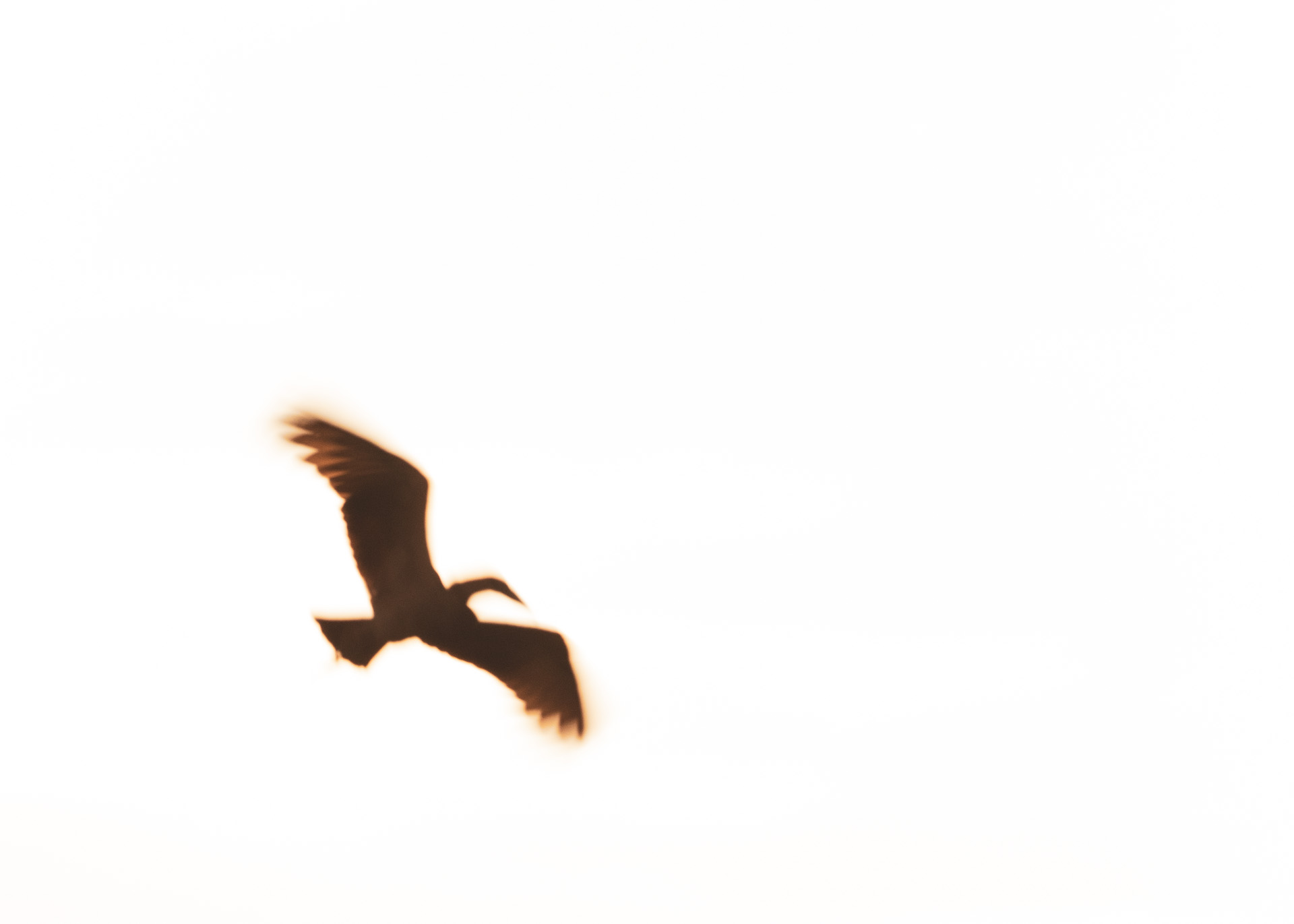
And again using a slow shutter speed to show a rather abstract visual of a hamerkop, one of the most common, yet comical avian residents of the Mara. [f 8.0, 1/40, ISO 400]
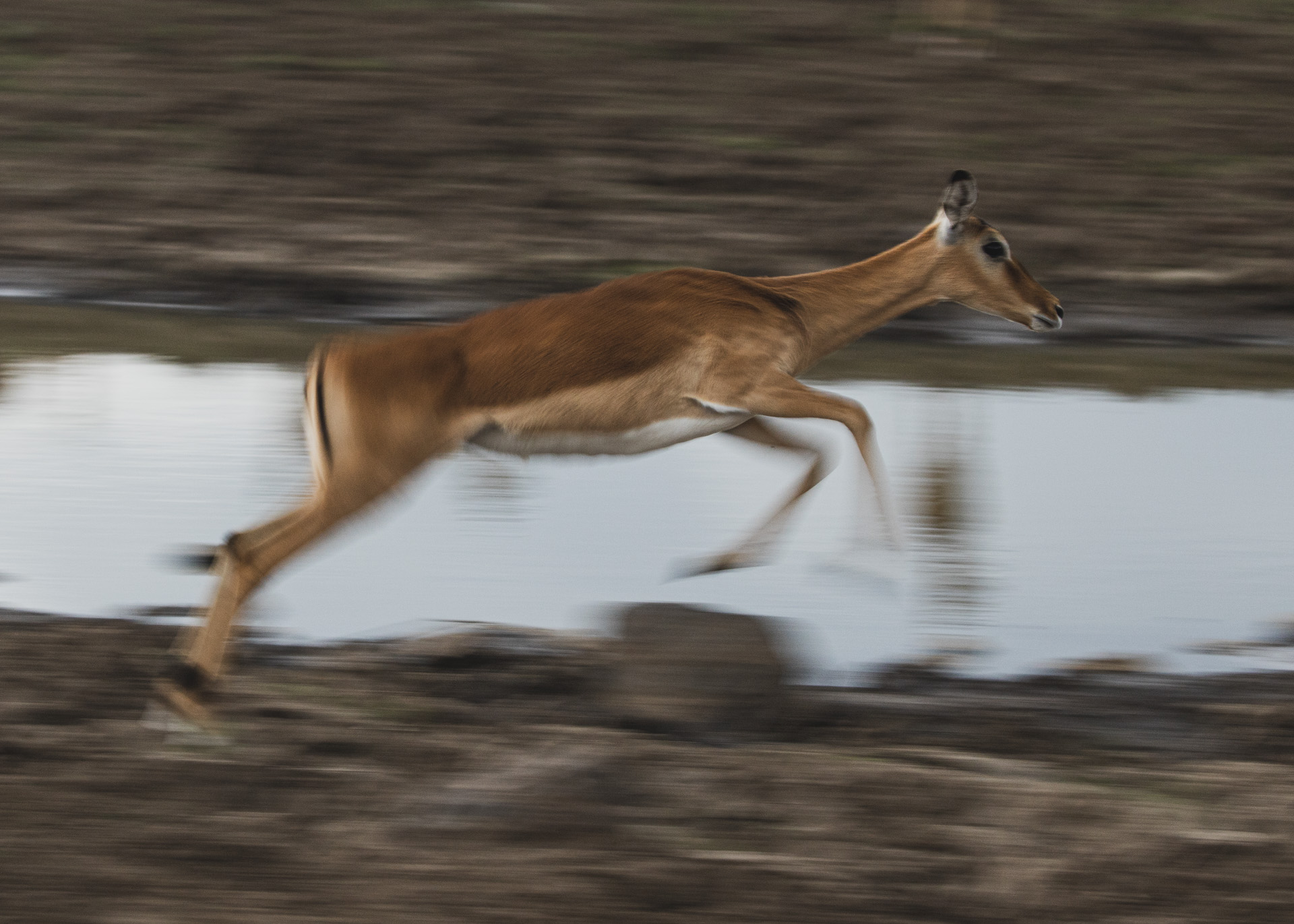
The joy of digital photography is that it allows you to experiment and to play. Never stop learning, never stop trying new things and continually think of new ways to showcase those often encounterd animals. [f 8.0, 1/40, ISO 640]
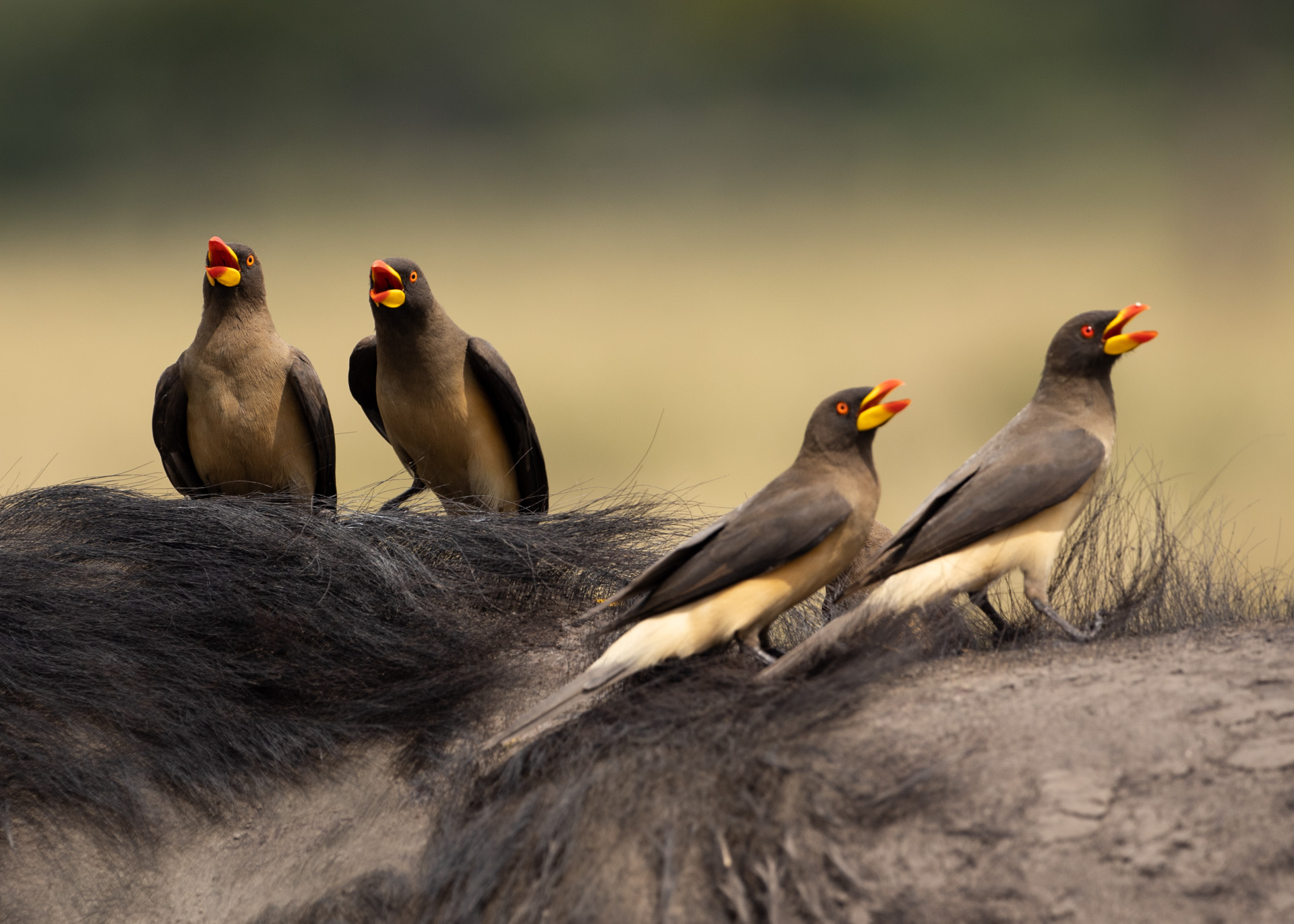
A group of oxpeckers take a free ride on a buffalo. The heavy rains earlier on in the year have created extremely favourable conditions for the resident buffalo population. It has exploded with herds of over a thousand now becoming a relatively common sight. [f 5.6, 1/640, ISO 500, -0.33]
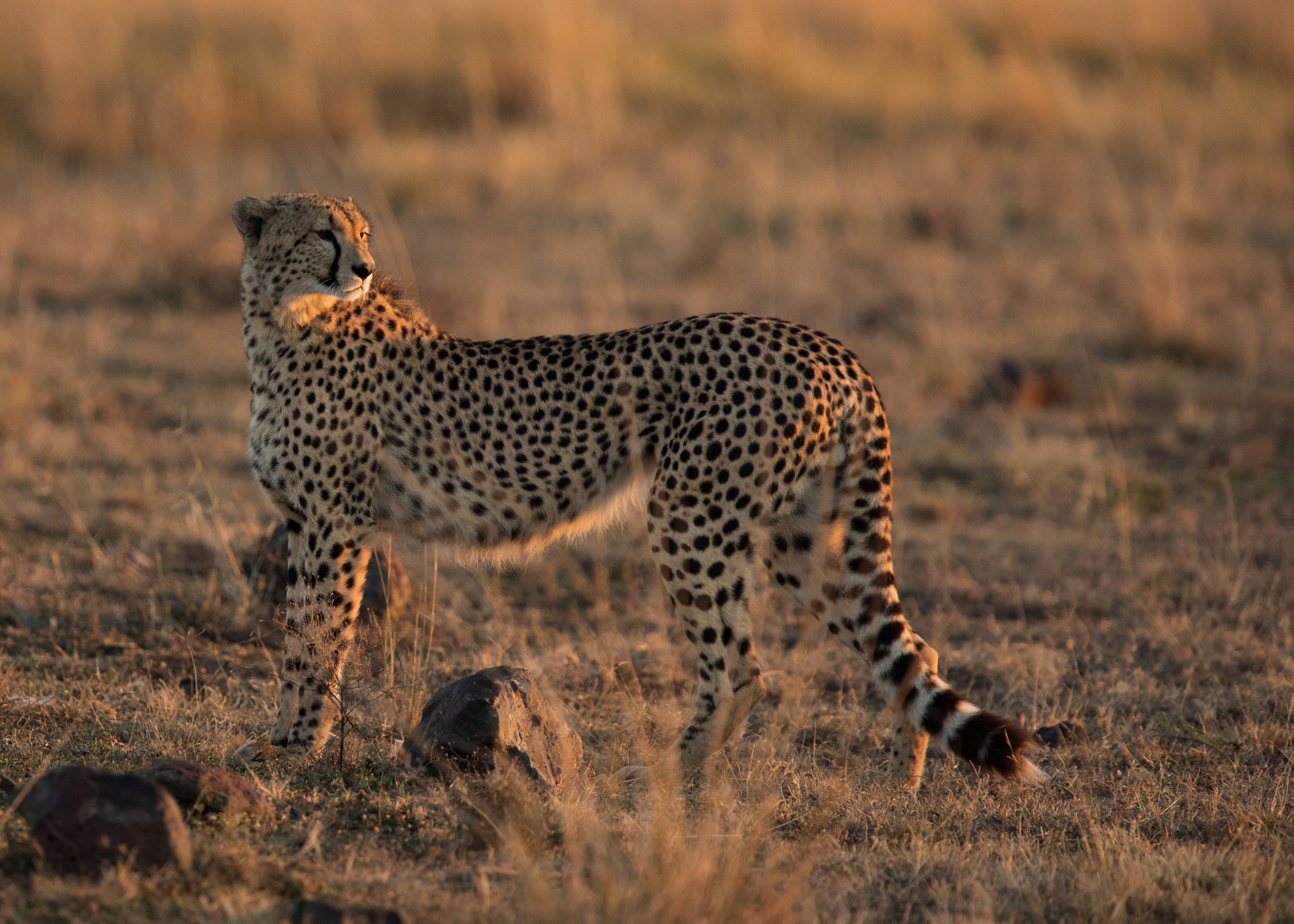
On the other hand, the one animal which has struggled with the rain and the long grass, has been the cheetah. This week we got to spend time with a magnificent young cheetah who delighted us in managing to catch an adult impala in front of our car. With the grass levels reduced and with the arrival of the migration, we hope that conditions become more favourable for this beautiful cat. [f 4.0, 1/640, ISO 1250, -0.67]
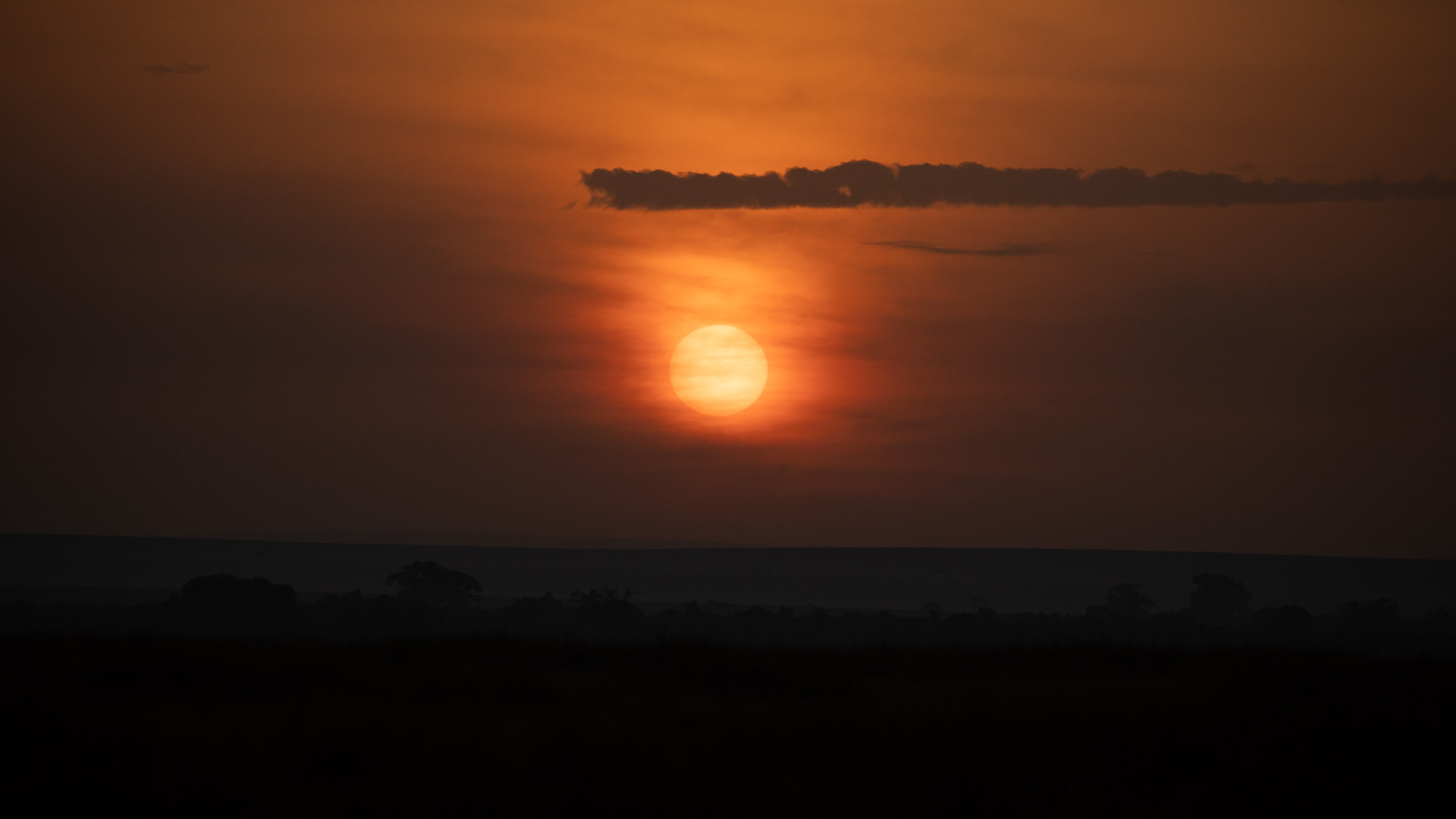
The one thing photography lacks is sound. The dawn chorus when this sunrise photo was taken was magical. In addition to the various bird species waking up, there was a pod of hippos grunting away and a lone male roaring in the distance. Close your eyes and think of the sounds, smells and visions of Africa. [f 5.0, 1/4000, ISO 500, -1.33]
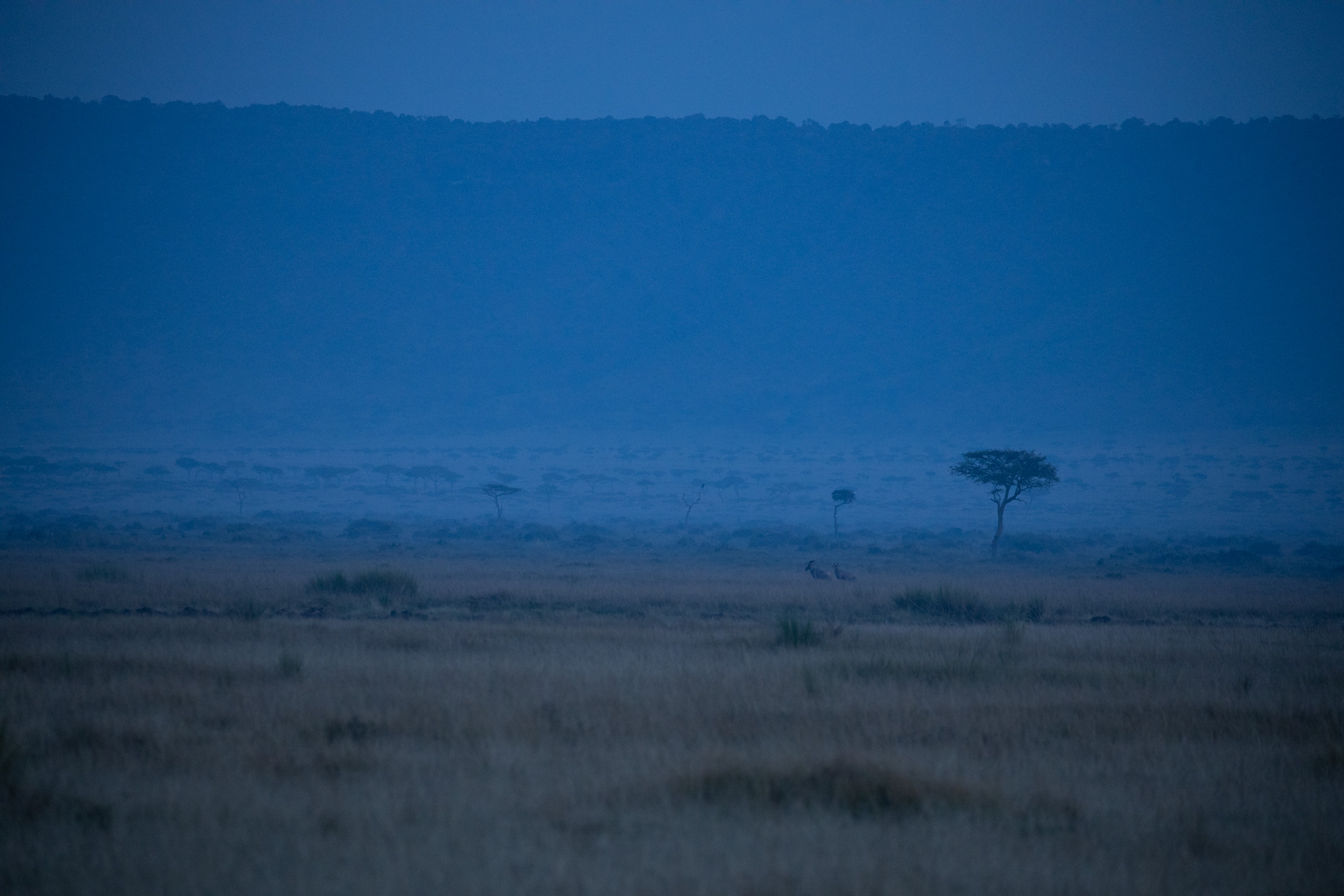
At first light, the Oloololo Escarpment often looks blue – giving a glorious tint to any photos taken at this time. [f 5.6, 1/100, ISO 1600, -1.33]
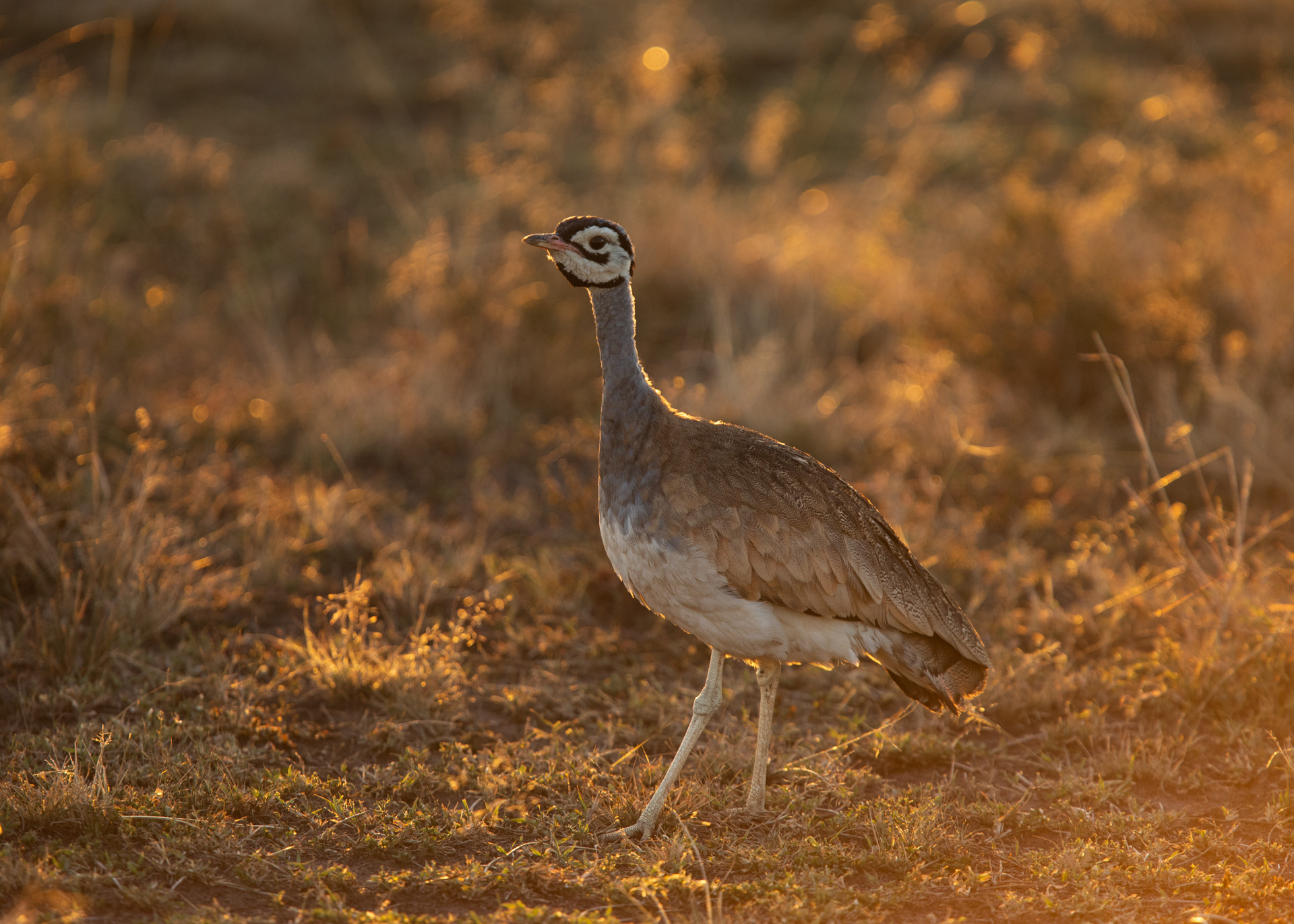
The most magical of light elevates this already beautiful white-bellied bustard to an entirely new level, and perfectly shows the photographic potential of time spent in Africa’s greatest Game Reserve. [f 4.0, 1/400, ISO 640, -0.67]
This Week A Year Ago

The arrival date of the Great Migration into the Maasai Mara is unpredictable and varies from year to year. Last year, we were already seeing quite large crossings of both zebra and wildebeest. We wait with baited breath for their arrival. [f 6.3, 1/2000, ISO 400, -0.33]
TAGGED WITH: Safari, Wildlife Photography, Photographic Safari, Bird Photography, This Week At Angama, African Wildlife



COMMENTS (1)
Francis Bagbey
July 17, 2020Can’t you give a mating couple a little privacy? 🙂
REPLY